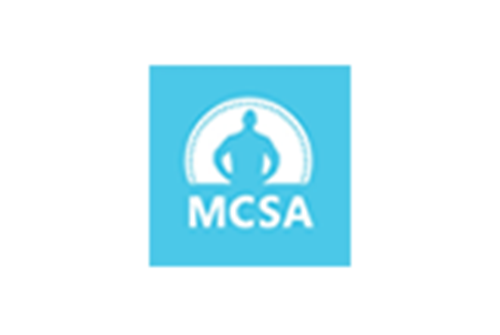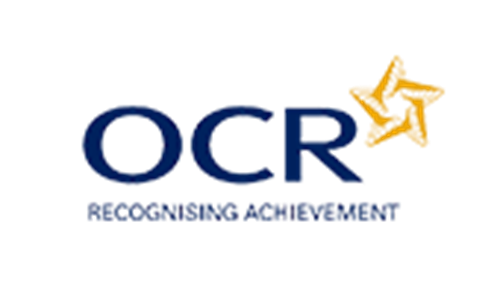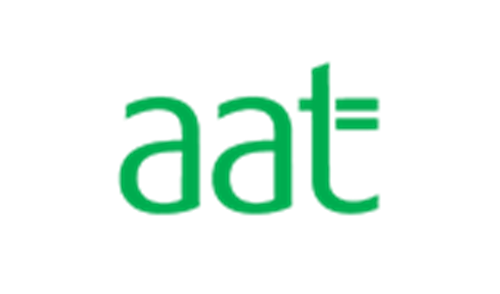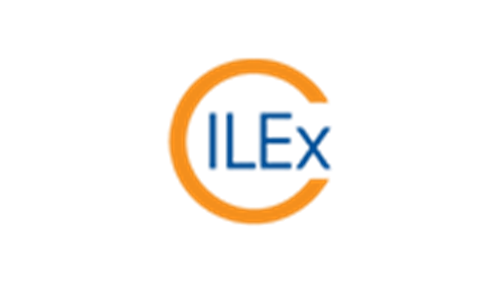Both the LIFO and FIFO methods fall in line with the Generally Accepted Accounting Principles (GAAP) established by the Financial Accounting Standards Board (FASB) in the US. Most companies utilize both methods when preparing financial information. The goal is to make the presentation https://simple-accounting.org/ of inventory value as attractive as possible. For internal reports, which are viewed by shareholders that benefit from company profit, the FIFO method is typically used because it presents the actual or reasonably expected profit the company stands to generate.
- Disclosure about LIFO reserve is important in such scenarios for comparability of financial results.
- The LIFO method places a higher rate of cost on all the goods that a company sells over the period of a year.
- US GAAP allows companies to adopt LIFO cost-flow assumption in inventory accounting but IFRS allows only FIFO and weighted-average methods.
- It is the difference between the reported inventory under the LIFO method and the FIFO method.
- In order to create a balance between the two methods and to give a fuller picture of a company's financial realities, the LIFO reserve account is necessary.
With consistently increasing costs (and stable or increasing quantities of inventory items) the balance in the LIFO reserve account will be an ever-increasing credit balance that reduces the company’s FIFO inventory cost. The disclosure of the LIFO reserve allows readers to better compare the financial statements of a company using LIFO with the financial statements of a company using FIFO. In the simplest way of defining it, the LIFO reserve accounts for the differences between the LIFO and FIFO methods of accounting for inventory value.
What Is LIFO Reserve?
LIFO, or Last-In, First-Out, is one of the methods used for valuing inventory. Under this method, the most recently acquired inventory is considered the first to be sold or used. In contrast, FIFO (First-In, First-Out) assumes that the oldest inventory is sold first. LIFO is often chosen for various reasons, including tax advantages, especially during periods of rising prices.
Best Account Payable Books of All Time - Recommended
The most important benefit is that it allows a comparison between LIFO and FIFO and the ability to understand any differences, including how taxes might be impacted. A LIFO liquidation is when a company sells the most recently acquired inventory first. It occurs when a company that uses the last-in, first-out (LIFO) inventory costing method liquidates its older LIFO inventory.
The change in the balance during the current year represents the current year’s impact on the cost of goods sold. In order to create a balance between the two methods and to give a fuller picture of a company's financial realities, the definition of appendix in a book or written work account is necessary. Taxpayers experiencing rising inventory costs should consider adopting the LIFO cost-flow method. Inflation is abnormally high across most sectors compared to the last few decades.
Absorption Costing: Definition, Formula, Calculation, and Example
In total, the cost of the widgets under the LIFO method is $1,200, or five at $200 and two at $100. It’s a non-cash item on the balance sheet and is used to adjust the financial statements to reflect the inventory’s lower value under FIFO. This adjustment helps provide a more accurate picture of a company’s financial position.
By using this method, you'll assume the most recently produced or purchased items were sold first, resulting in higher costs and lower profits, all while reducing your tax liability. LIFO is often used by gas and oil companies, retailers and car dealerships. The constant increase in cost can create a credit balance in the LIFO reserve, which results in reduced inventory costs when reported on the balance sheet. The difference between the FIFO and LIFO cost of inventory for accounting purposes.
A LIFO liquidation occurs when current sales exceed purchases, resulting in the liquidation of any inventory not sold in a previous period. In most cases, LIFO will result in lower closing inventory and a larger COGS. FIFO differs in that it leads to a higher closing inventory and a smaller COGS. LIFO is more popular among businesses with large inventories so that they can reap the benefits of higher cash flows and lower taxes when prices are rising. Last in, first out (LIFO) is a method used to account for business inventory that records the most recently produced items in a series as the ones that are sold first.
For instance, the current ratio is the most used and popular ratio to assess a company's liquidity. It is the difference between the reported inventory under the LIFO method and the FIFO method. Over 1.8 million professionals use CFI to learn accounting, financial analysis, modeling and more.
To be eligible to use LIFO for tax purposes, there is a book conformity requirement. The book conformity rule provides that the LIFO method of accounting for inventory must be used for financial reporting purposes for it to be adopted for tax purposes. The LIFO method of accounting generally increases cost of sales relating to inventory sales and generally reduces net income, so some companies that report earnings publicly are reluctant to utilize the LIFO method for inventory. The business organization uses different methods for evaluating inventory but for presentation purposes. Hence, the organization may use FIFO or weighted average accounting and LIFO methods for presentation.
LIFO reserve refers to the amount by which your business's taxable income has been reduced as compared to the FIFO method. It is also called a contra inventory account as it calculates the difference between valuation as per valuation required by different laws. If a company uses a LIFO valuation when it files taxes, it must also use LIFO when it reports financial results to its shareholders, which lowers its net income. LIFO Reserve is an accounting entry that companies using the LIFO method must maintain. It represents the difference between the inventory’s reported value on the balance sheet under LIFO and what the inventory’s value would be under FIFO. In other words, it quantifies the amount by which a company’s reported assets would be higher if it used FIFO instead of LIFO.
The International Financial Reporting Standards (IFRS), which is used in most countries, forbids the use of the LIFO method. It indicates the difference between LIFO and FIFO inventory method reporting. But these impact the tax liability, profits, cash flows, and other financial aspects. These methods are FIFO(First In, First Out) Inventory, LIFO(Last In, First Out) Inventory, Specific Identification Method, and Weighted Average Cost.
Any company that maintains inventory is required to identify that inventory under a permissible method such as specific identification, first-in, first-out (FIFO), or LIFO. A U.S. company’s accounting system uses FIFO, but the company wants its financial and income tax reporting to use LIFO due to the persistent increases in the cost of its inventory items. LIFO will result in the most recent higher costs being reported in the cost of goods sold resulting in less gross profit, less net income, less taxable income, and less income taxes than FIFO. If the LIFO reserve account balance goes up or down, additional costs are then added on to the costs of the goods the company has sold throughout the year. Most companies use the first in, first out (FIFO) method of accounting to record their sales. The last in, first out (LIFO) method is suited to particular businesses in particular times.






























 WhatsApp
WhatsApp